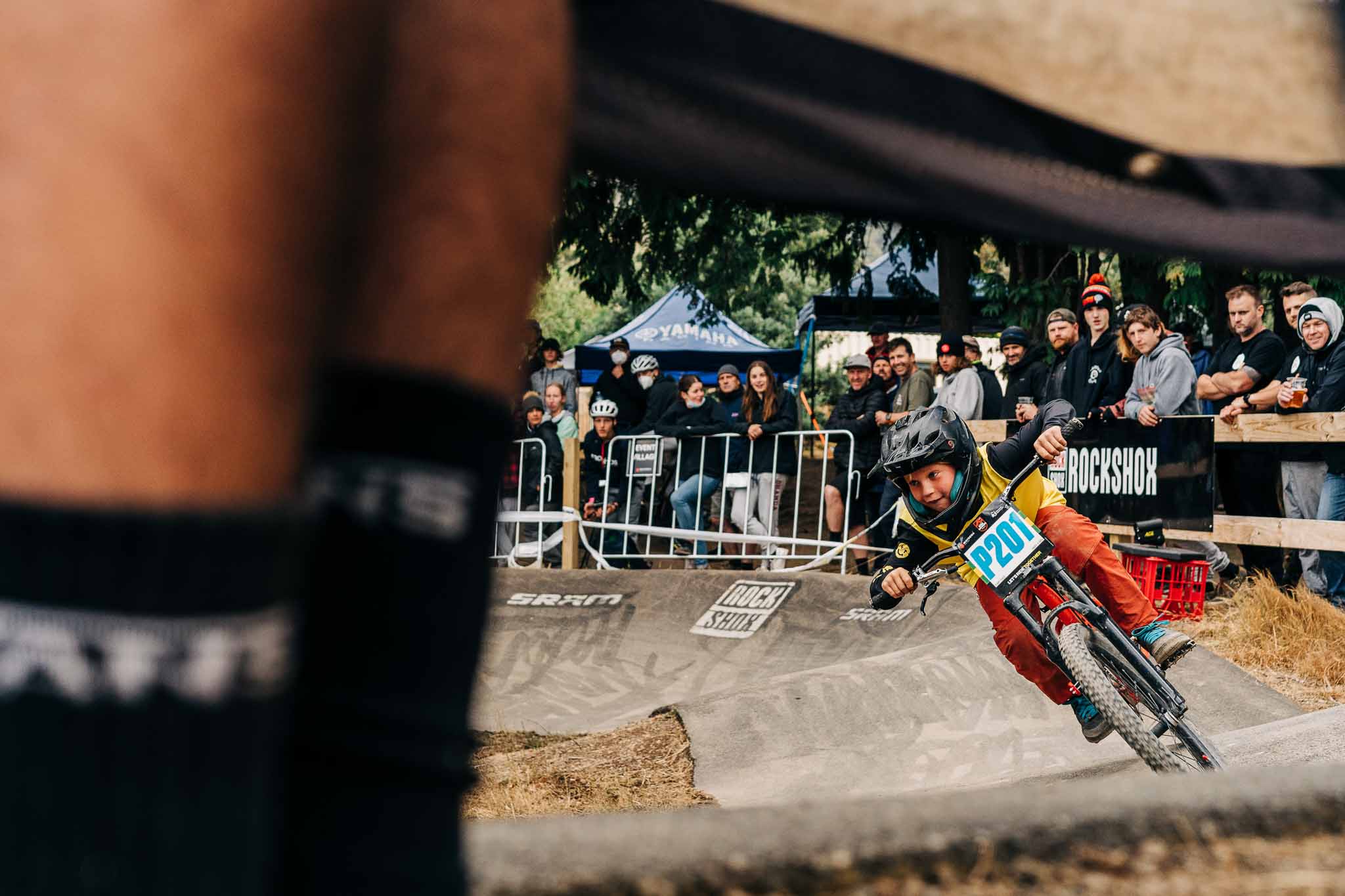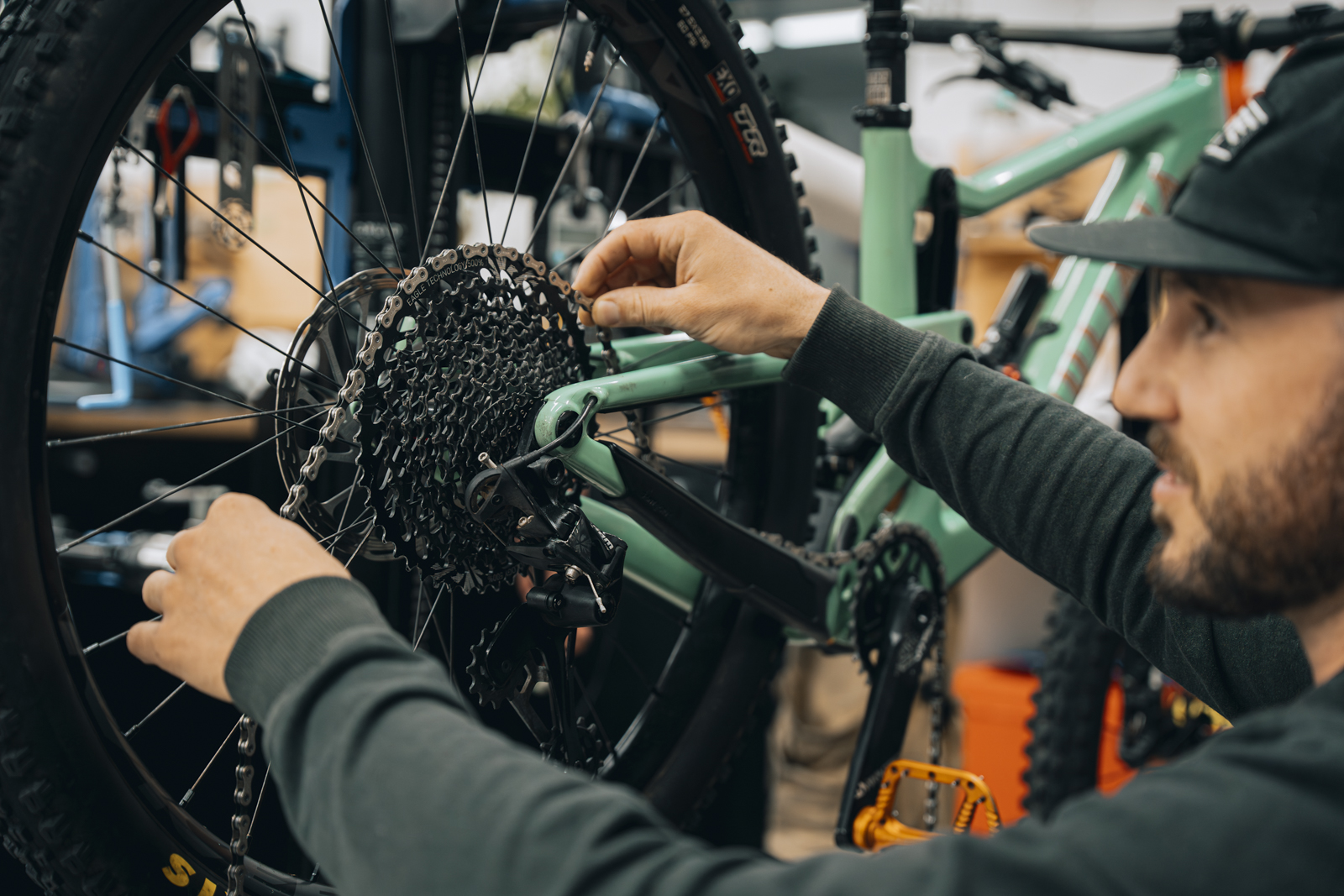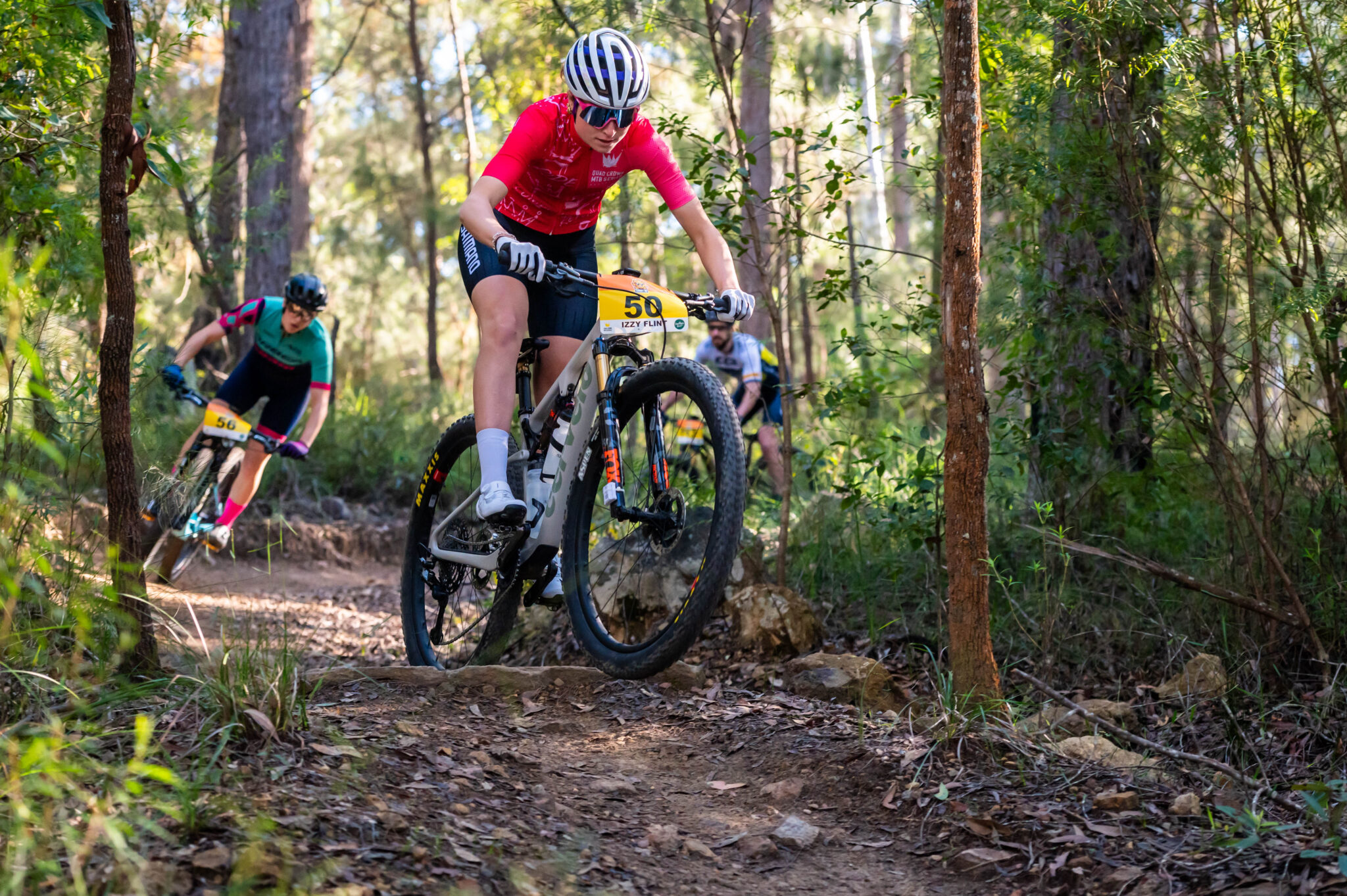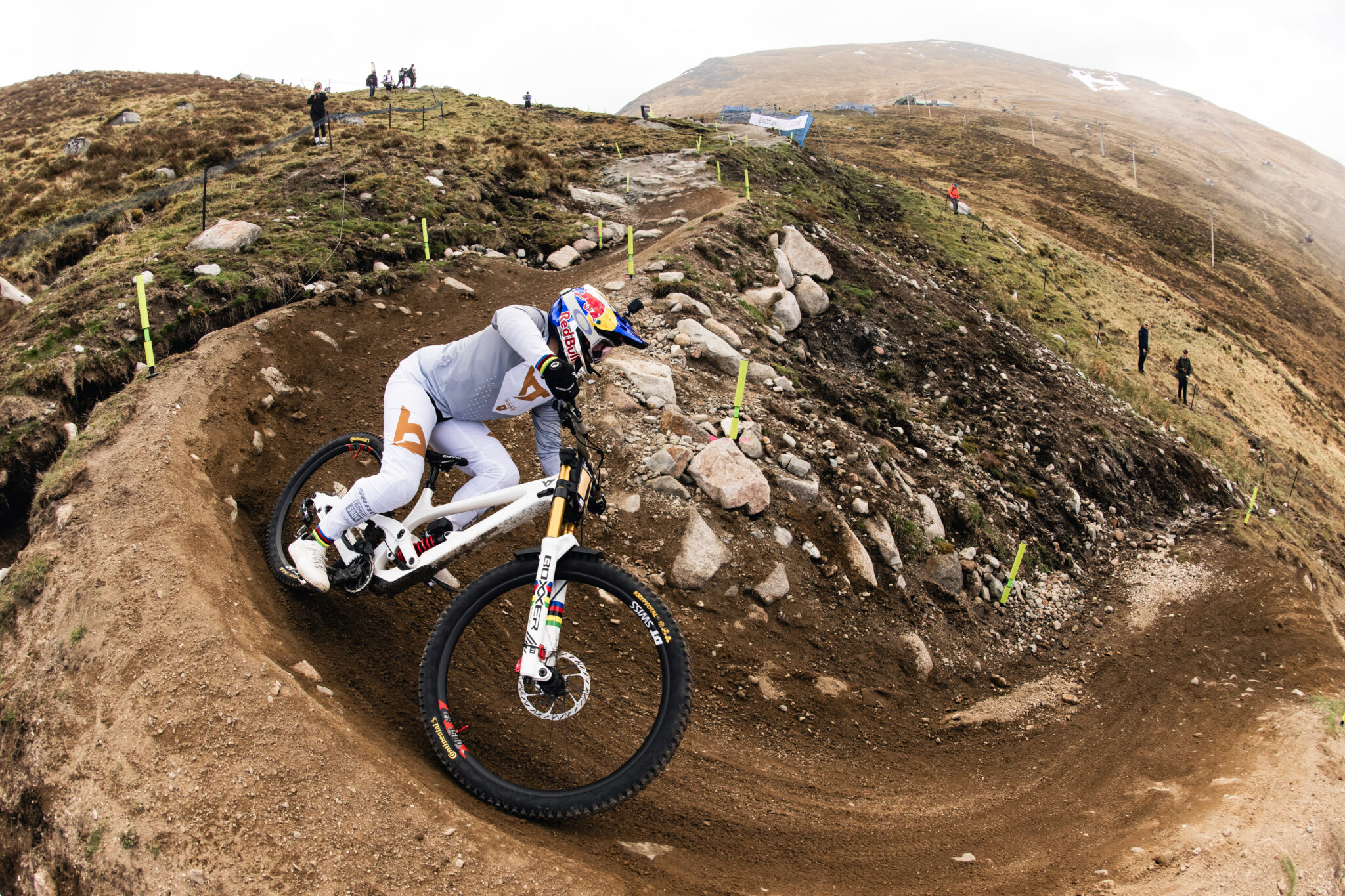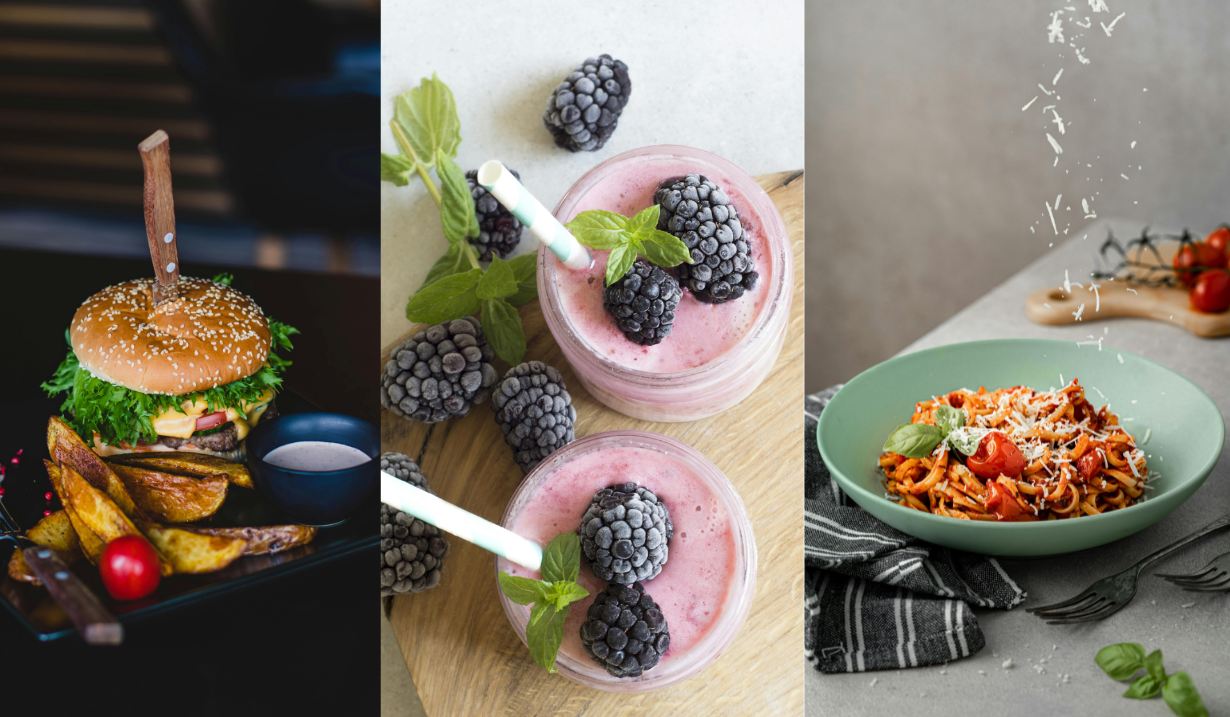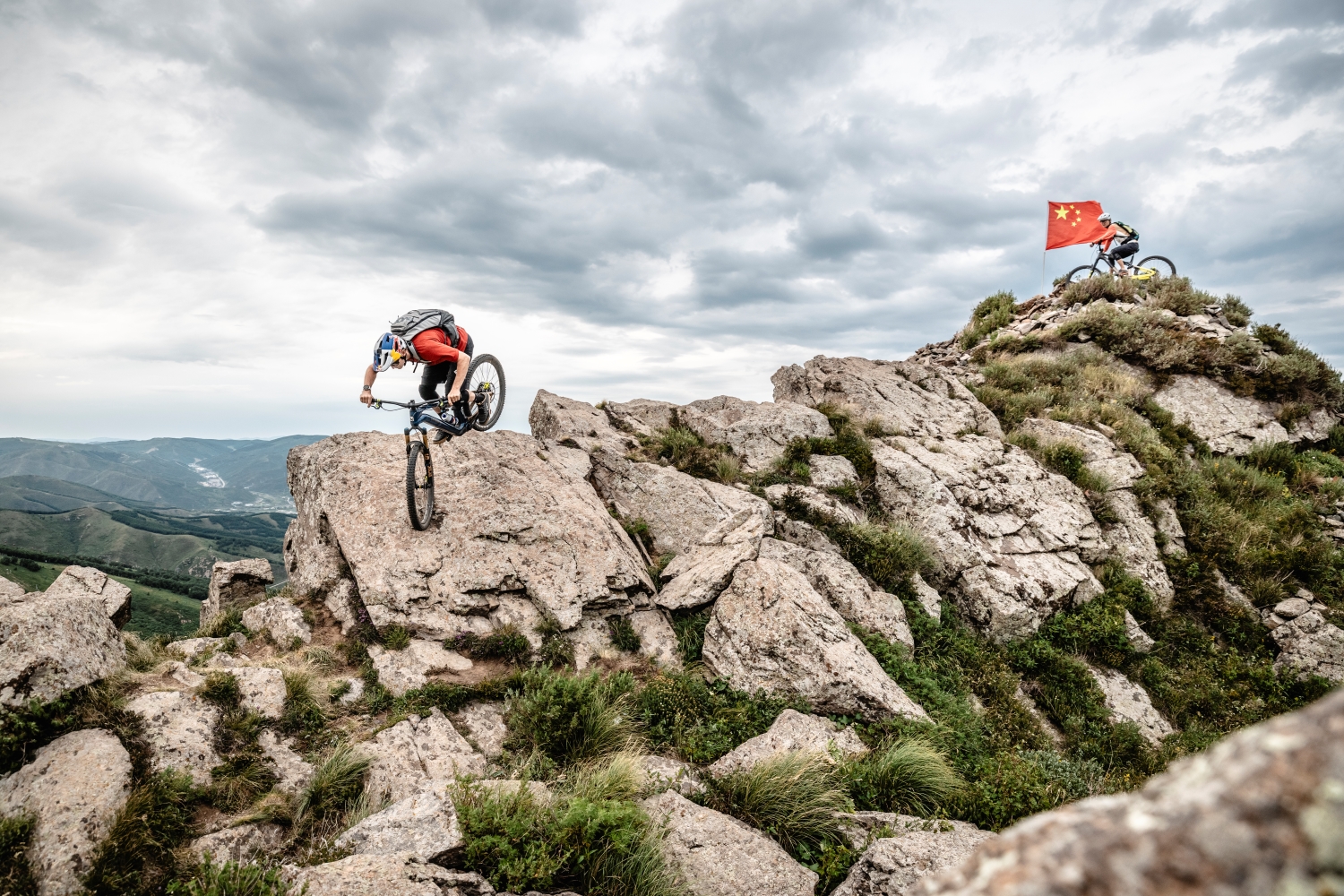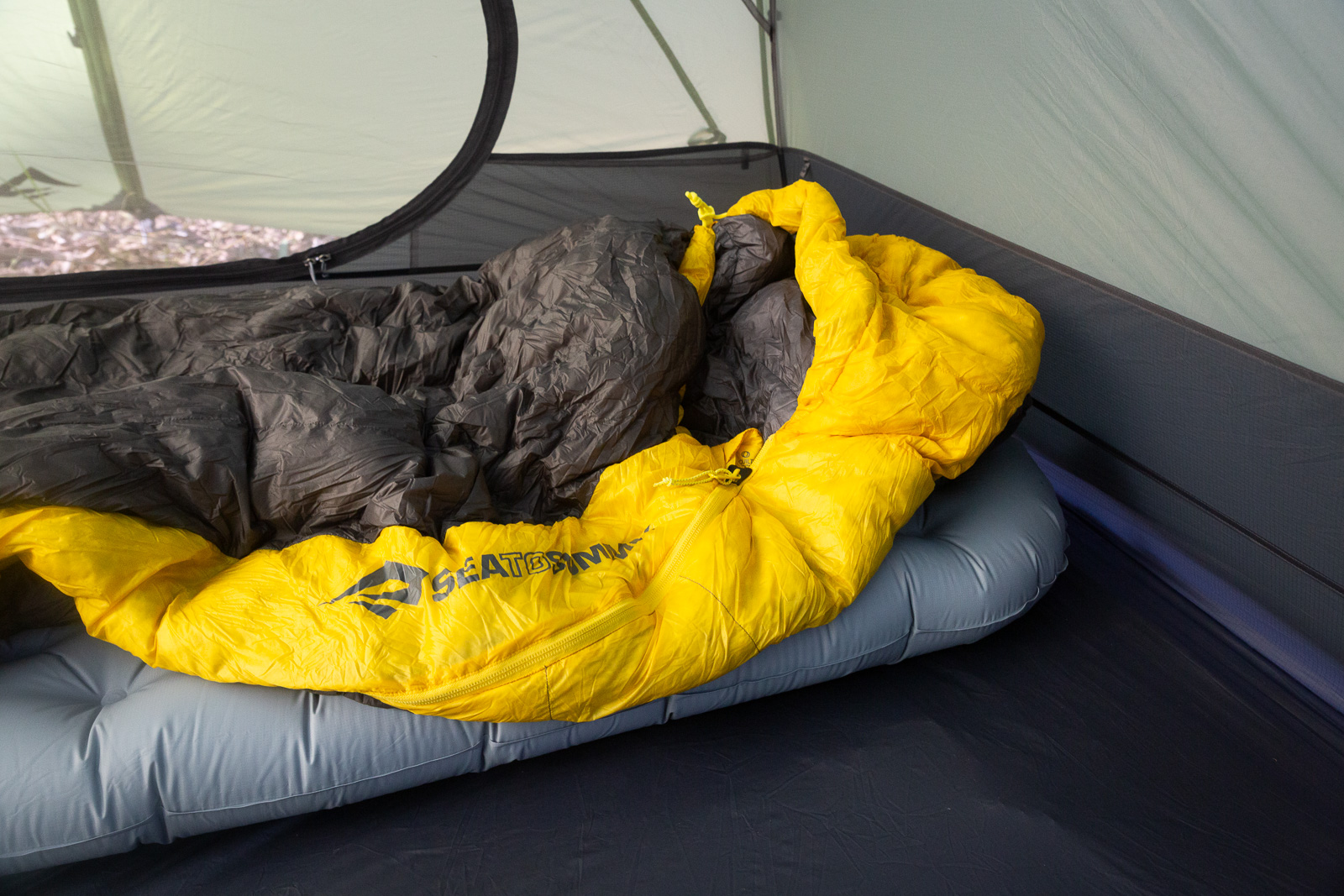NUTRITION: How to Fuel Your Mountain Bike Kid
As young riders are still growing, there are some special considerations to be made when it comes to their nutrition.
Words: Zoe Wilson, APD
Photos: Andy Rogers, Denzil Heeger
Young budding athletes need to fuel well to perform well. As young riders are still growing, there are some special considerations to be made when it comes to their nutrition. Try these easy tips to fuel your future shredder well.
Build a strong base
At this age, setting good food habits is important. Ensuring your child is generally eating before focusing on sports specific nutrition, is like ensuring they have base fitness before looking for top end speed. Children and adolescents should be eating mainly unprocessed foods and eating to appetite. Highly processed foods are high in sugar, fat and salt, which can impact long term health, even if a child is active. Instead, make sure your child is mainly choosing food from the five food groups for the majority of their meals and snacks.
Read our Training Principles of Junior Athletes
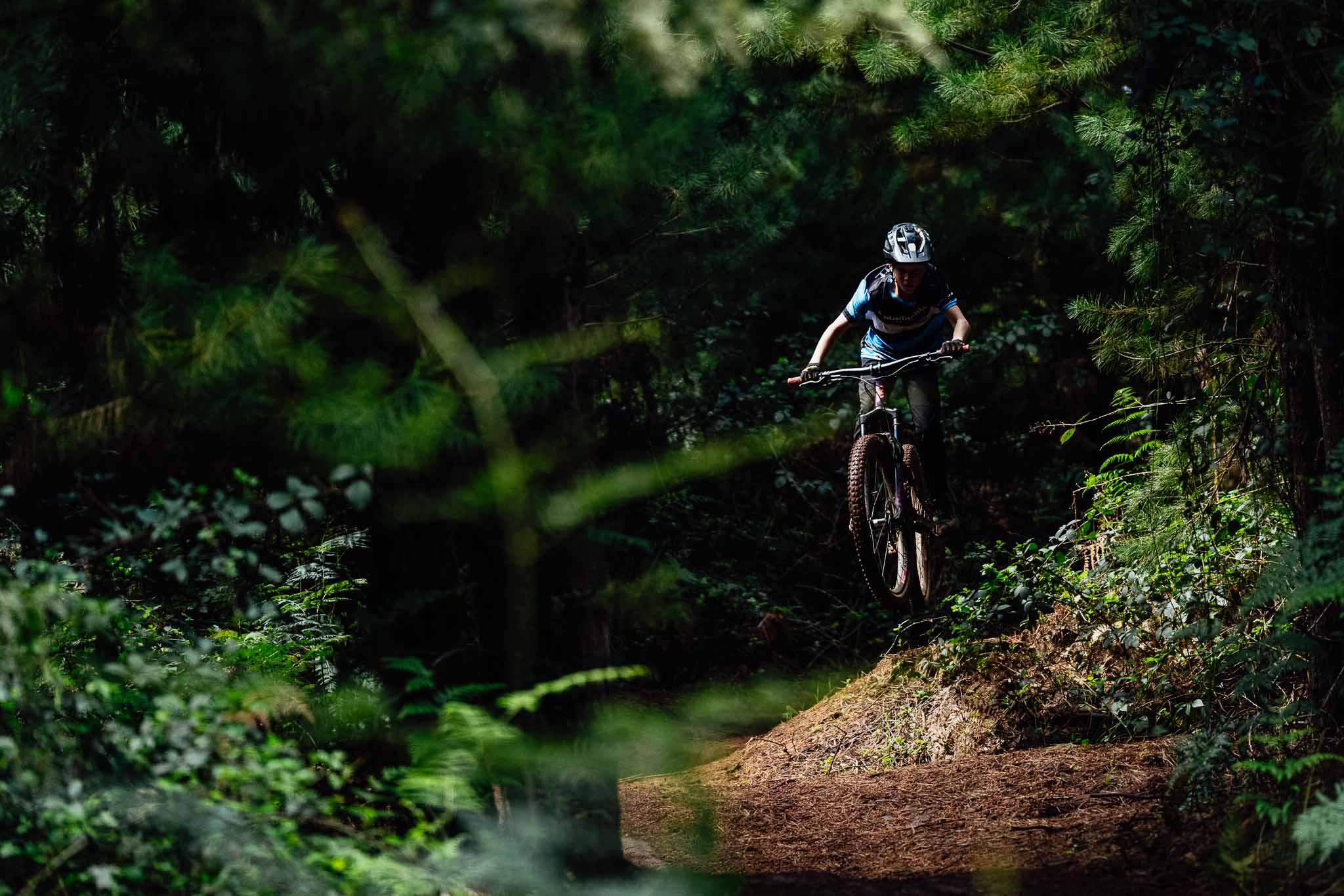
Make sure they are eating enough
Not eating enough will not only impact your child or adolescent’s performance on the bike, but may also impact their growth, development and performance at school. The Australian Guide to Healthy Eating recommends the following serves of each food group for children aged 5-12 and adolescents aged 12-17. If your child is very active, they may very well need more food than is suggested here. In this case, provide extra serves of carbohydrate foods (bread, rice, pasta, cereals, fruit or starchy vegetables) to add extra energy to their day. Some signs to look out for are low energy, low mood and lack of concentration. If you’re unsure, seek professional advice from a Sports Dietitian.
|
Number of serves for kids aged 4-11 |
Number of serves for kids aged 12-18 |
Sample serve sizes |
||
|
Vegetables & legumes/beans |
4.5-5 |
5-5.5 |
½ cooked vegies or 1 cup leafy or raw salad vegies, ½ medium potato |
|
|
Fruit |
1.5-2 |
2 |
1 medium apple, banana or orange, 2 small apricots or plums, 1 cup diced fruit |
|
|
Grain foods (mostly wholegrain) |
4 |
5-7 (girls) 6-7 (boys) |
1 slice bread, ½ cup cooked pasta, rice, noodles or quinoa, 2/3 cup flaky cereal or ¼ cup muesli |
|
|
Lean meat and poultry, fish, eggs, nuts and seeds and legumes/beans |
1.5-2.5 |
2.5 |
65g cooked lean meat, 2 large eggs, 100g cooked fish, 170g tofu, 30g nuts/seeds |
|
|
Milk, yoghurt, cheese and/or alternatives |
1.5-2 (boys) 1.5-3 (girls)Refuel after a ride. |
3.5 |
1 cup milk, 2 slices hard cheese, ½ cup ricotta, 200g yoghurt |
|
|
1-2 serves of unsaturated spreads, oils, nuts or seeds (7-20g) are included in addition to the serves of foods groups above *Adapted from www.eatforhealth.gov.au/food-essentials |
||||
Keep them cool
Young people can’t regular their body temperature as well as adults. They also forget to stop as regularly or wait until they are already thirsty to drink. By this time, they are already dehydrated, which can make it tricky to catch up. Water is always the best option for the everyday drink. However, milk, fruit juice and sports drinks have their place too depending on circumstances like before, during or after training or racing. Be careful of portion size though and make sure you speak with your dentist about how best to avoid cavities which are more common with sugary and acidic drinks.
Hydration tips for junior athletes
- Make sure your young person starts their ride well hydrated. Remind them to drink regularly before they start (especially important if training after school).
- Get them used to always carrying around a water bottle and sipping regularly.
- When on the bike, keep reminding them to drink regularly, rather than waiting until they are thirsty (if they wear a sports watch, use the nutrition reminders to set up alarms to help with this).
- After a ride or training session, ensure they are drinking lots of water to rehydrate, particularly if it’s hot.
- Talk to them about the colour of their pee. If they are well hydrated it should be a pale, straw colour. If it’s dark yellow or orange, they are dehydrated and need to drink more.
Have snacks at the ready!
Active kids and adolescents need to eat regularly. Keep a range of simple, quick, and nourishing snacks on hand to feed them between school, training, or socialising. Great options include fruit loaf, muesli bars, nuts and fruit, leftover dinners (think pasta or noodle dishes), bread rolls or sandwiches, cheese and crackers, yoghurt, smoothies, or fruit muffins. Especially at race days, it is always better to take options with you, rather than rely on bought options at the venue so you know what you’re getting.
Read our Almond and Cacoa Snack Ball recipe
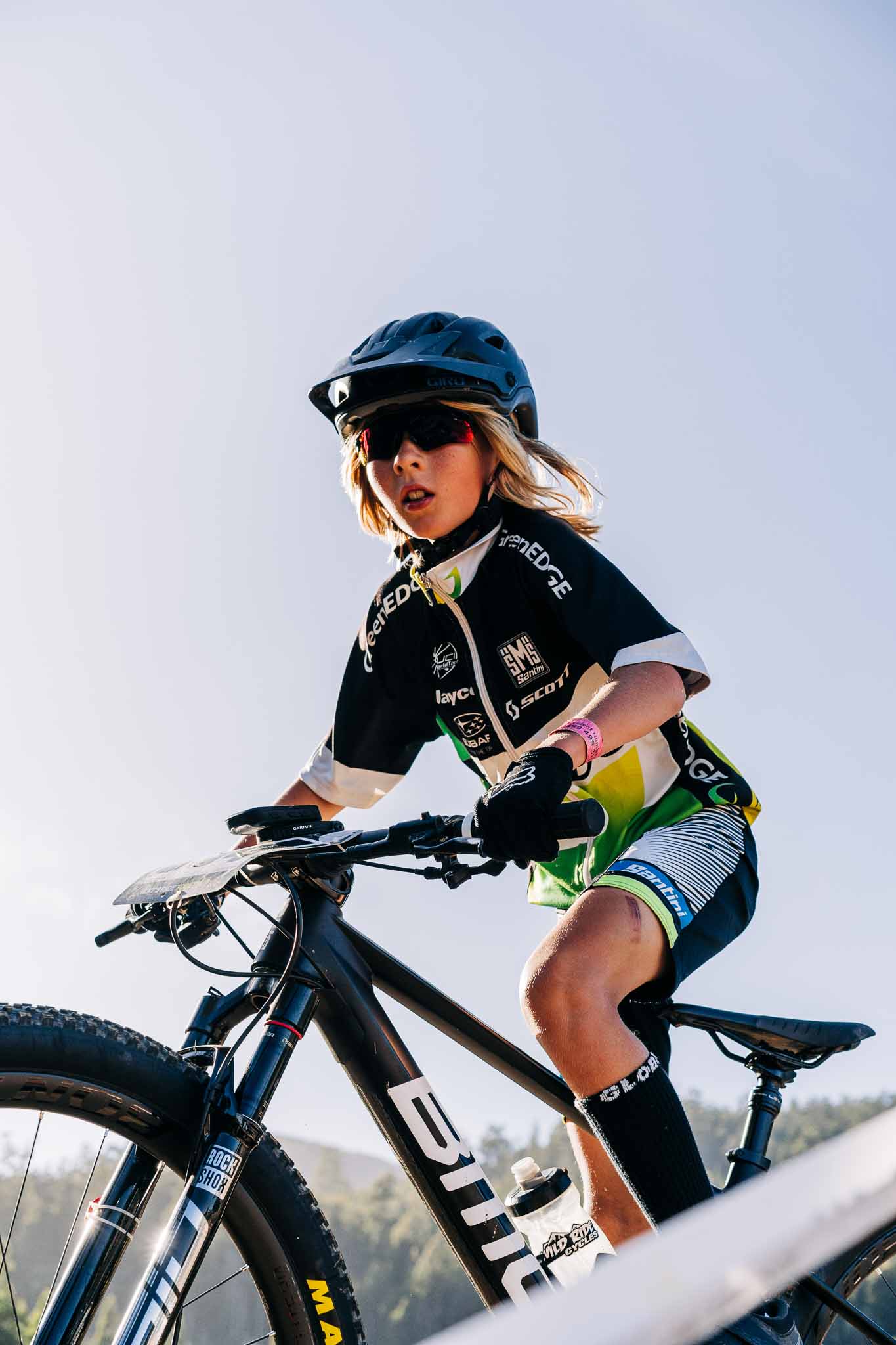
Teach recovery principles early
Encourage your child to eat and drink well in the couple of hours after a training session or race. The focus here should be on fluids for hydration, carbohydrate for recovery and protein for repair. Good options here include fruit smoothies, flavoured milk, a meat and salad sandwich, a meat and vegetable stir fry, pasta, burritos or tacos with mince, beans and salad or healthy ‘fish and chips’.
Setting kids up with good nutrition habits from the start will give them the greatest opportunity to not only perform well on the bike, but also in school and to grow and develop properly. If you are concerned about your child or teenager’s eating habits or are unsure as to what to do to fuel them well for the bike, reach out to an Accredited Sports Dietitian who can help to personalise advice for you and your family.

